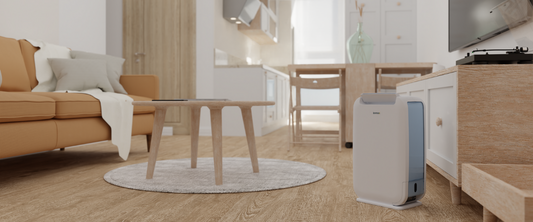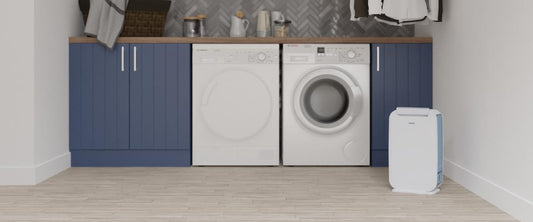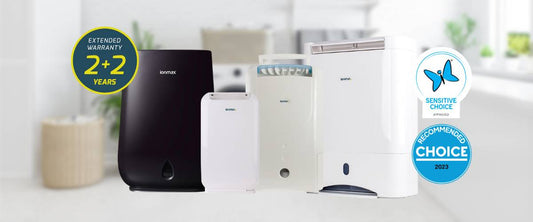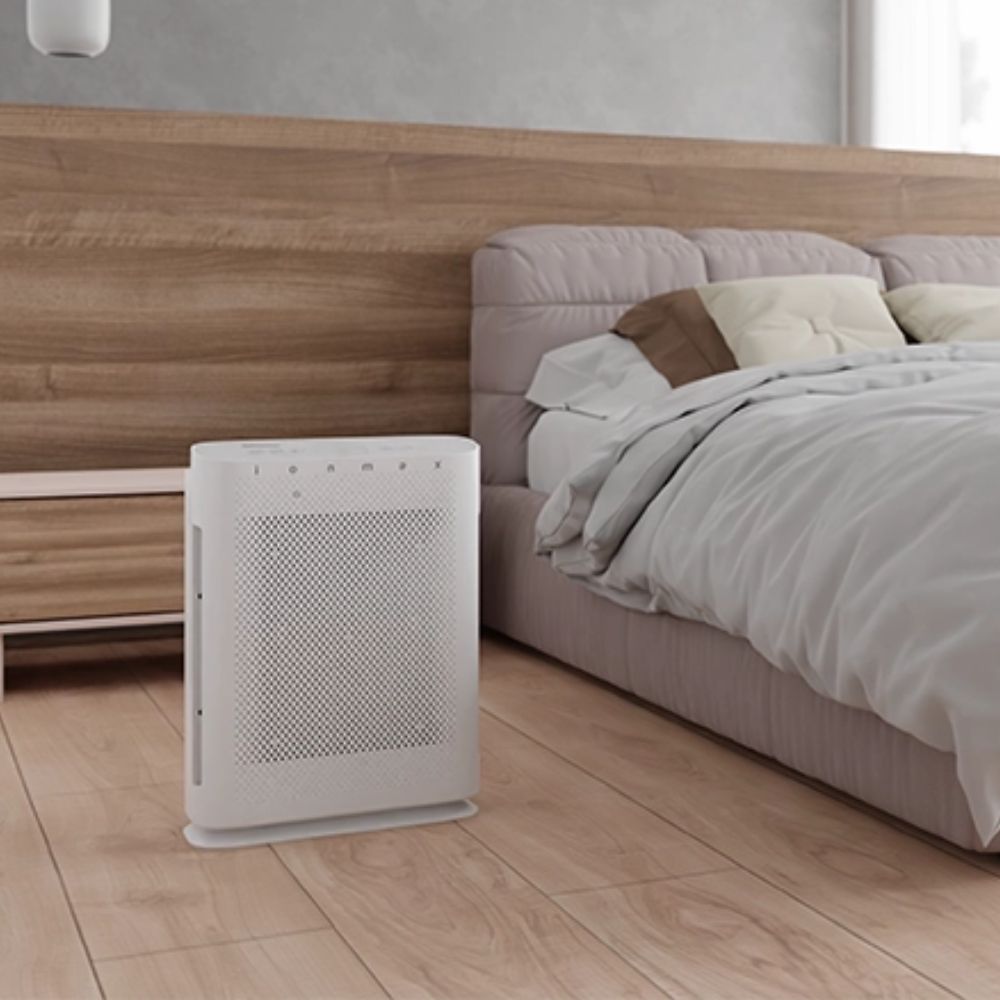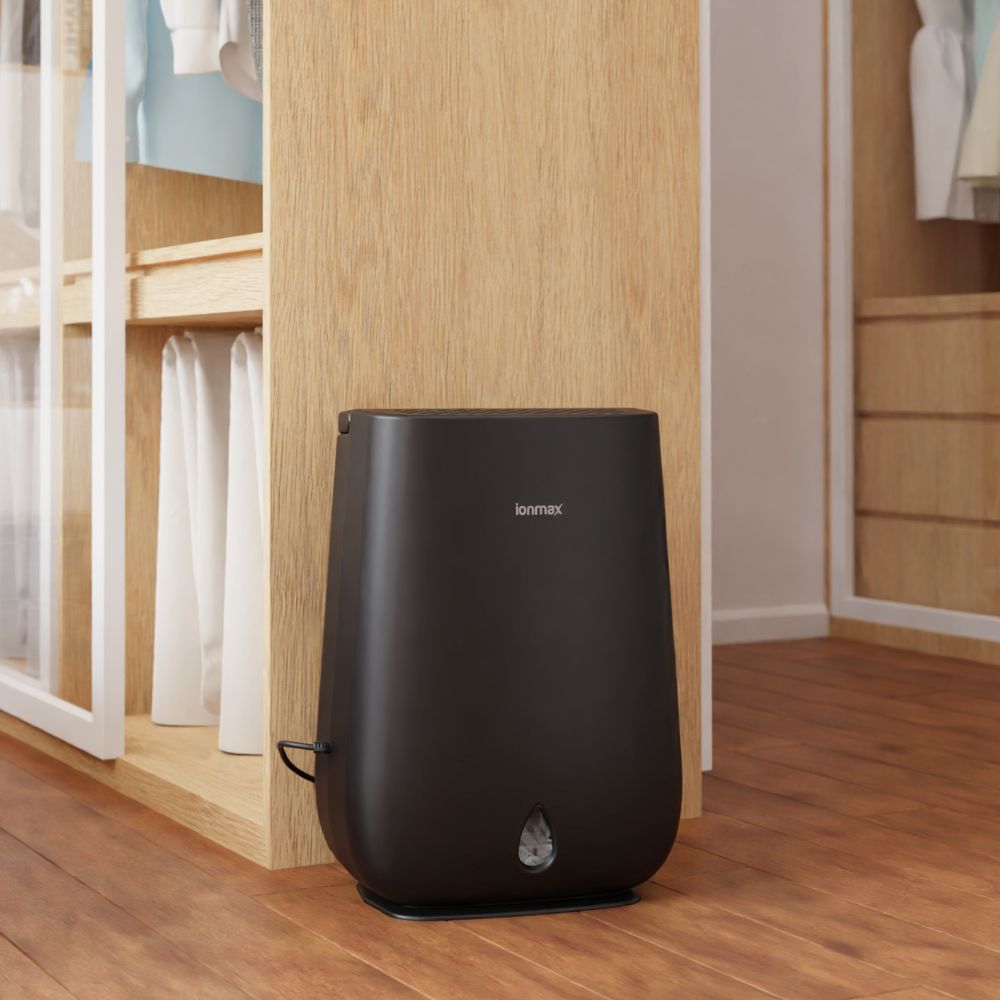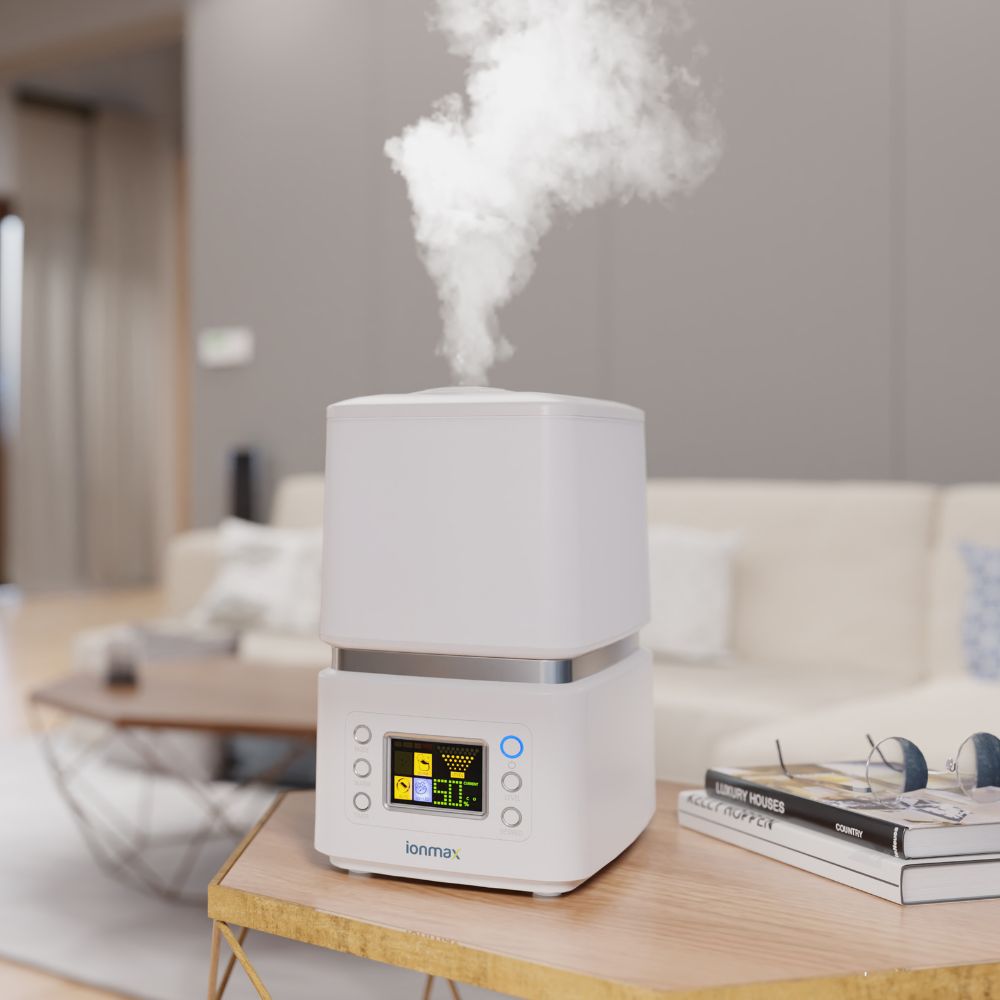Global air pollution causes up to 6.67 million deaths, making it the third leading cause of death by risk factors after smoking and high blood pressure. In Australia, 3,200 deaths are caused annually as a result of air pollution.
Despite seasonal air pollution from bushfires, Australia is known for its high air quality standards, and a 2023 report ranked the nation 7th globally. This achievement reflects Australia’s commitment to protecting public health.
The report showed a steady year-on-year improvement in air quality in Australia, with the latest PM2.5 concentration per cubic metre at 4.5, an improvement from the previous 7.6 score recorded in 2020.
How the report works
The 2023 World Air Quality Report is an international review of air quality data for the year 2023. The report covers PM2.5 air quality data from over 7,800 cities across 134 countries, regions, and territories.
The report was crafted from real-time air quality data sourced from IQAir’s global air quality monitoring system that processes incoming air quality data from monitoring stations around the world. The report is published to facilitate well-informed discussions and inspire initiatives that advance air quality and promote the well-being of communities and cities.
Air quality index measured in microns per cubic metre. The table below shows how the 2023 World Air Quality Report is measured
|
Annual PM2.5 guideline and interim targets |
PM2.5 level (microns/m³) |
|
Meets WHO PM2.5 guidelines |
0 to 5 |
|
Exceeds WHO guidelines by 1 to 2 times |
5.1 to 10 |
|
Exceeds WHO guidelines by 2 to 3 times |
10.1 to 15 |
|
Exceeds WHO guidelines by 3 to 5 times |
15.1 to 25 |
|
Exceeds WHO guidelines by 5 to 7 times |
25.1 to 35 |
|
Exceeds WHO guidelines by 7 to 10 times |
35.1 to 50 |
|
Exceeds WHO guidelines by over 10 times |
More than 50 |
Places with the cleanest air in Australia
This report included 181 Australian cities, towns, and suburbs. Of these, 105 recorded a PM2.5 concentration of 5 or below, and only one city, Rocklea, Queensland, recorded a PM2.5 score above 10.
Below are some places in Australia with the lowest PM2.5 concentration and, in turn, the best air quality.
Underwood, Queensland
This suburb is Nestled in southeastern Queensland, Underwood is a suburban gem near Brisbane. With a PM2.5 score of 1.7, it offers clean air and convenient living. Families and professionals enjoy its amenities and green spaces, making Underwood an ideal choice for a balanced lifestyle.
Broken Hill, New South Wales
Located in the far west of New South Wales, Broken Hill is a historic mining city in the Australian outback and is one of the most remote Australian cities. The city has a rich mining history, particularly in silver, lead, and zinc mining, which dates back to the late 19th century. The PM2.5 score of Broken Hill in 2023 was just 1.8. Previous air quality reports in 2022 and 2021 saw Broken Hill record a PM2.5 concentration of 1.5
Judbury, Tasmania
The small town located in the Huon Valley of Tasmania is known for its picturesque landscapes, forests, and rivers. Its lush greenery and peaceful rural lifestyle help contribute to the fresh, clean air across the town. In 2023, the area recorded an indoor air quality score of 1.9.
Rufus, South Australia
Located in the southeastern region of South Australia, Rufus is a small town known for its pristine environment and minimal industrial activity. Situated away from major urban centres and industrial zones, Rufus benefits from limited pollution sources, resulting in clean air quality. Rufus' remote location and low population density further minimise pollution levels, ensuring residents and visitors enjoy clean air with a PM2.5 concentration of just 1.9.
Fingal, Tasmania
Nestled in the northeast corner of Tasmania, Fingal is a rural town surrounded by rolling hills, forests, and farmland. Fingal enjoys minimal industrial activity and pollution sources. Its remote location and relatively low population density contribute to the preservation of clean air quality. The town's proximity to natural reserves and conservation areas further enhances air purity, as lush vegetation acts as a natural filter. With a PM2.5 concentration of just 2.1, Fingal stands as a testament to the benefits of its serene surroundings and commitment to environmental preservation.
What leads to poor air quality in Australia?
Australia experiences a range of air pollution sources and patterns influenced by its unique landscape, climate, and human activities. Some of these sources include:
Industrial activities: Manufacturing activities, mining and power generation are just some industrial activities that release pollutants such as particulate matter, sulphur dioxide, and a host of volatile organic compounds into the air. These pollutants can contribute to smog formation and degrade air quality.
Vehicle emissions: This issue is particularly more significant in urban centres where traffic congestion is common. Exhaust emissions from cars, trucks, and buses contain pollutants that can negatively impact human health and air quality.
Bushfires: Australia is prone to bushfires, especially during hot and dry weather conditions. These fires release large amounts of smoke, PM2.5, and other pollutants into the atmosphere. In many cases, the smoke can make their way into houses and even affect indoor air quality.
Pollen and other natural sources: Pollen from plants tends to cause pollen allergy, especially during the spring. Weather conditions such as temperature inversions and stagnant air can exacerbate air pollution by trapping pollutants close to the ground. This leads to episodes of poor indoor air in affected areas.
Conclusion
Australia's ranking as the 7th country in global air quality standards is a testament to the efforts made to uphold clean air standards and mitigate pollution across the nation. As evidenced by the presence of some of the cleanest places in Australia, such as Underwood, Broken Hill, and others, there are pockets of exceptionally pristine air quality that reflect the country's commitment to environmental stewardship and sustainability.
However, it's essential to recognise that challenges persist, with various sources contributing to air pollution in different parts of the country. From industrial activities and vehicular emissions in urban centres to bushfires and agricultural practices in rural areas, Australia faces a diverse array of air quality concerns that require ongoing attention and concerted efforts to address.
Consider Ionmax air purifiers for advanced filtration technology and improving indoor environments. [INCLUDE BUY BUTTON]
Disclaimer: The information provided in this article is for general reference only. Please seek advice from professionals according to your needs.




